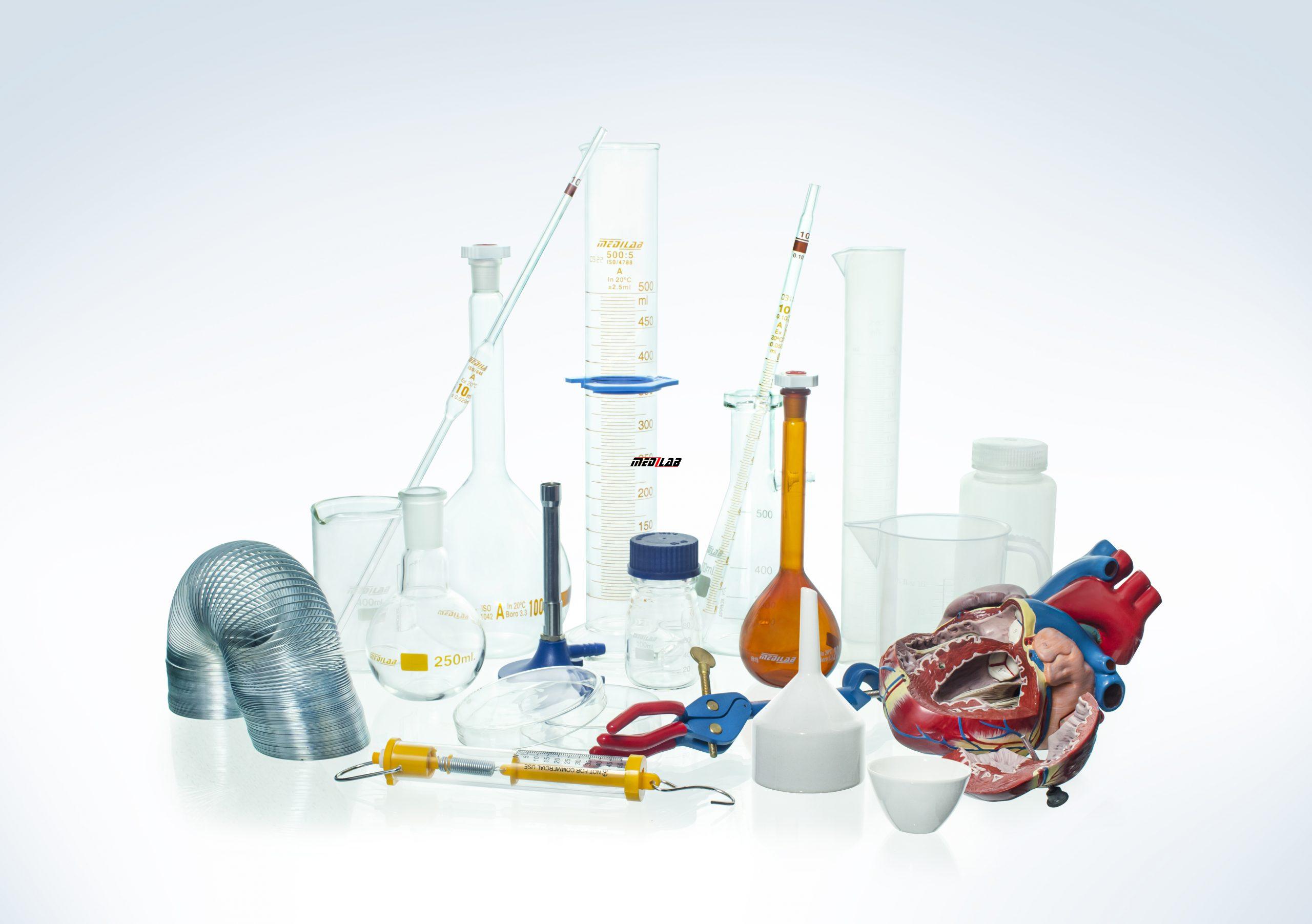In any scientific or industrial laboratory, success doesn’t just depend on the knowledge of the professionals involved—it also depends on the tools they use. Laboratory instruments and consumables are the unsung heroes of research, diagnostics, testing, and quality control.
From running complex chemical analyses to ensuring basic cleanliness, each piece of equipment and every single-use item plays a crucial role in getting accurate, reproducible results.
In this blog, we’ll explore the differences between lab instruments and consumables, their key categories, and how they’re used across different industries and applications.
🔍 What Are Laboratory Instruments and Consumables?
Before diving into specific products, it’s important to understand the distinction between laboratory instruments and consumables:
- Laboratory Instruments are durable tools and devices used for measurement, analysis, heating, mixing, or other tasks. They are typically reusable and often electronic or mechanical in nature.
- Laboratory Consumables are single-use or limited-use items such as gloves, pipette tips, filters, and sample containers. They are essential for maintaining hygiene, avoiding cross-contamination, and ensuring accuracy in procedures.
🧪 Common Laboratory Instruments and Their Uses
Here are some commonly used instruments found in modern labs:
Used to separate liquids of different densities or to isolate particles like cells or DNA. Centrifuges spin samples at high speeds to achieve rapid separation.
Measure the intensity of light absorbed by a sample. Essential in biochemical and pharmaceutical labs for concentration analysis.
These high-pressure steam sterilizers are vital for ensuring the sterility of glassware, tools, and sometimes even media.
Accurately measure the acidity or alkalinity of solutions. Used in environmental testing, food labs, and water quality control.
Used to heat and stir solutions in beakers or flasks. These are fundamental for chemical synthesis and reactions.
Provide precise weight measurements for solids and powders. Often used in pharmaceutical formulation and chemical research.
Maintain samples at a constant temperature for incubation, enzyme reactions, or thawing.
🧫 Essential Laboratory Consumables
Although they might seem minor, consumables are just as important as the instruments:
-
Pipette Tips
Disposable tips are used with micropipettes for transferring accurate volumes of liquid. Critical for DNA work, chemistry, and medical testing.
-
Filter Papers and Syringe Filters
Used to separate solids from liquids or to filter particulates before sample analysis.
Primarily used for growing cultures in microbiological studies.
Hold small volumes of liquid for mixing, storage, or centrifugation. Made of high-quality plastic to resist chemicals and heat.
-
Latex or Nitrile Gloves
Protect the hands of laboratory personnel and ensure sample integrity by preventing contamination.
-
Parafilm and Sealing Film
Used to seal flasks, test tubes, and petri dishes to avoid evaporation or contamination.
-
Lab Wipes and Swabs
Ensure surfaces and tools are clean between experiments, maintaining sterile conditions.
🏭 Applications Across Industries
🧬 Biotechnology and Molecular Biology
- Instruments like PCR machines and electrophoresis systems, along with pipette tips, DNA extraction kits, and gel trays, are used daily in gene sequencing and cloning.
💊 Pharmaceuticals
- From analytical balances to HPLC instruments, every tool supports drug formulation and testing. Consumables like vials and syringe filters ensure sample purity.
🧪 Chemical Laboratories
- Precision instruments such as titrators and conductivity meters are used for chemical analysis, alongside beakers, flasks, and burettes.
🌿 Environmental Testing
- pH meters, turbidimeters, and air samplers help monitor air and water quality. Filtration units and test strips are key consumables.
🍔 Food & Beverage
- Testing for contaminants, pH, moisture, and additives requires titration kits, ovens, and pipettes. Disposable containers and sterile bags are also widely used.
🧑🏫 Education and Academic Research
- Schools and universities use basic instruments like microscopes, balances, and water baths. Affordable consumables help students learn hands-on skills without high costs.
🧼 The Importance of Sterility and Accuracy
One of the key reasons consumables are vital is that they ensure accuracy by minimising contamination. Instruments, no matter how advanced, can only function correctly if the materials used with them are clean and precise. That’s why many labs rely on sterile consumables for each test or experiment.
♻️ Reusability vs. Disposability
There is often a balance between cost, sustainability, and accuracy. For example:
- Glass pipettes may be reused after sterilisation.
- Disposable plastic pipette tips reduce contamination risk but add waste.
Some labs adopt green practices, such as using biodegradable consumables or reusing autoclaved items, to reduce environmental impact.
🧠 Choosing the Right Lab Instruments and Consumables
When selecting lab tools, here are a few important factors to consider:
- Accuracy and sensitivity of the instrument
- Compatibility with your existing equipment
- Chemical resistance and temperature tolerance
- Sterility (especially for biological or medical work)
- Volume capacity for your testing needs
- Ease of use and cleaning
🚀 The Backbone of Every Laboratory
Lab instruments and consumables are more than just equipment — they’re the foundation of reliable science. Whether you’re testing air quality, developing life-saving medications, or teaching students about chemistry, having the right tools in hand makes all the difference.
Laboratories depend on the accuracy, efficiency, and safety that these products offer to move forward with discoveries, diagnostics, and development.



